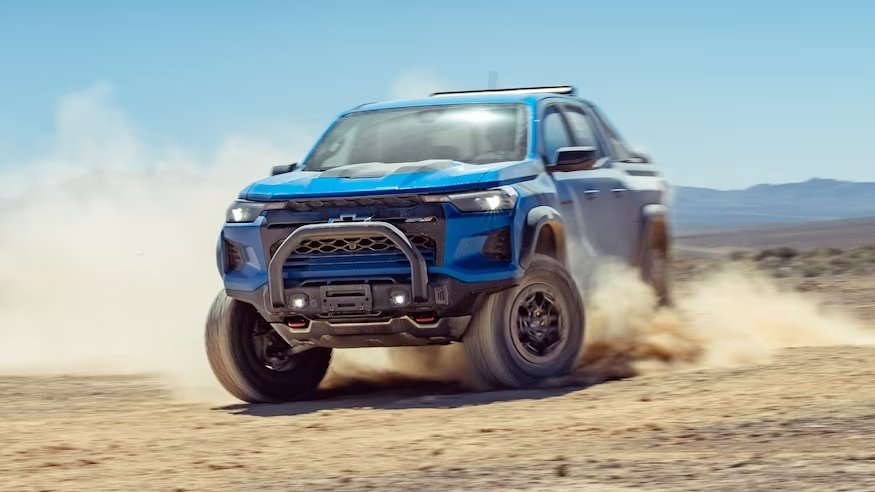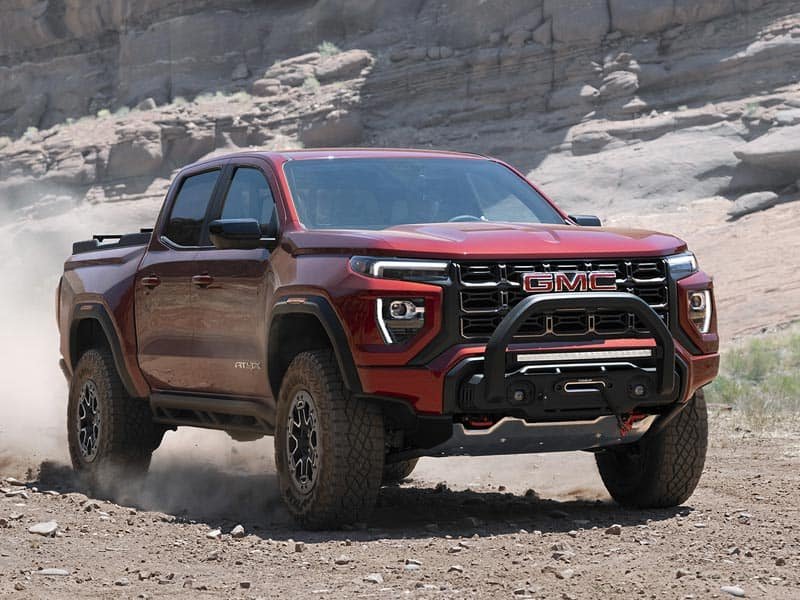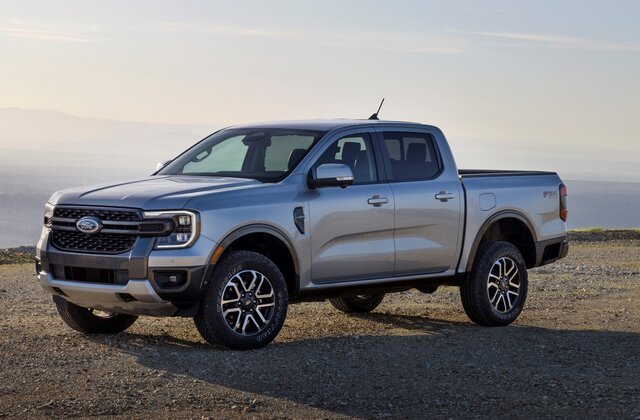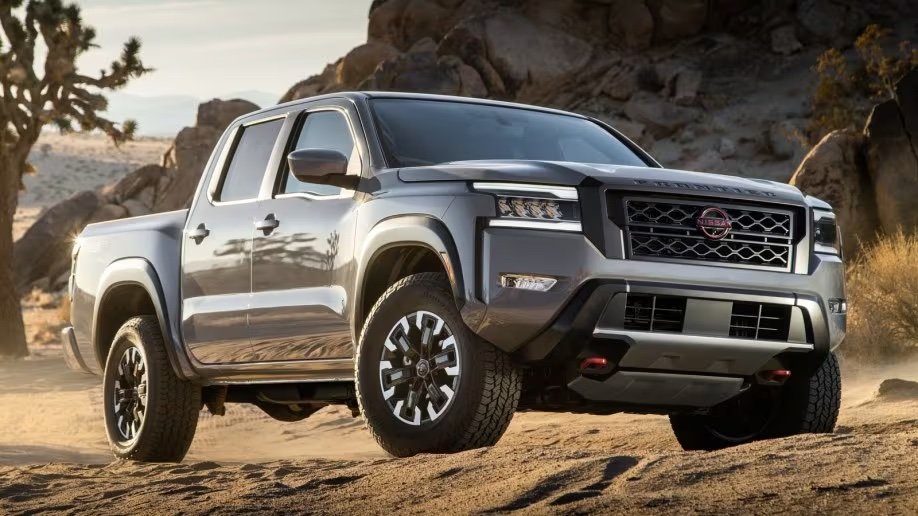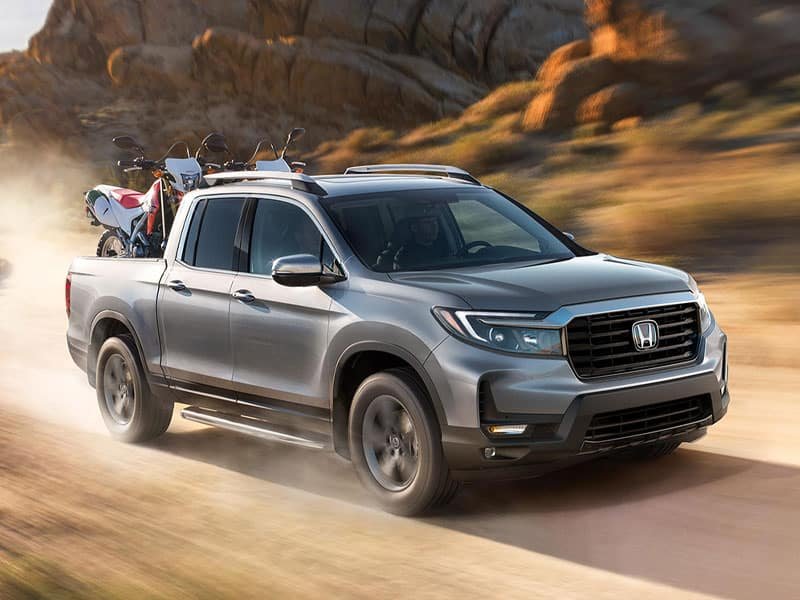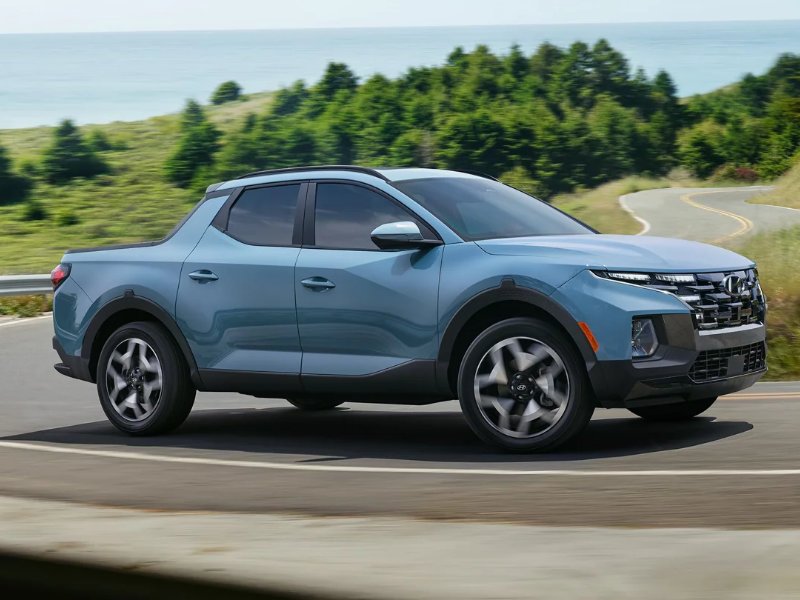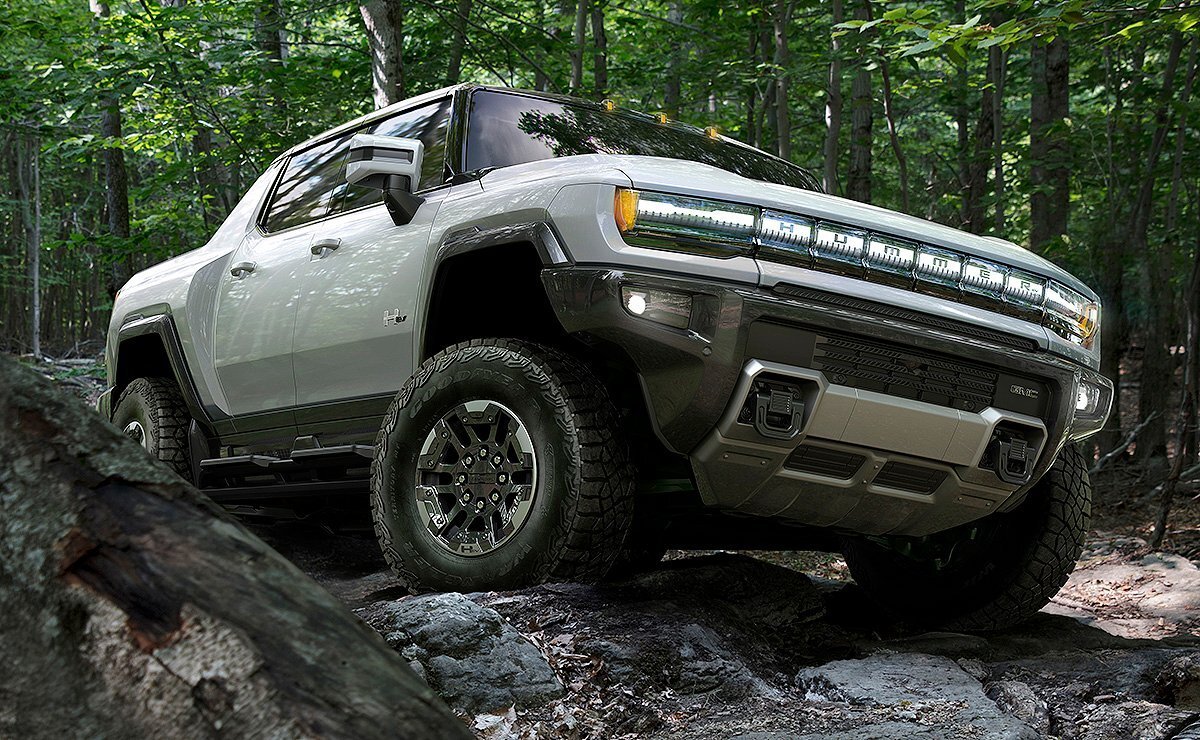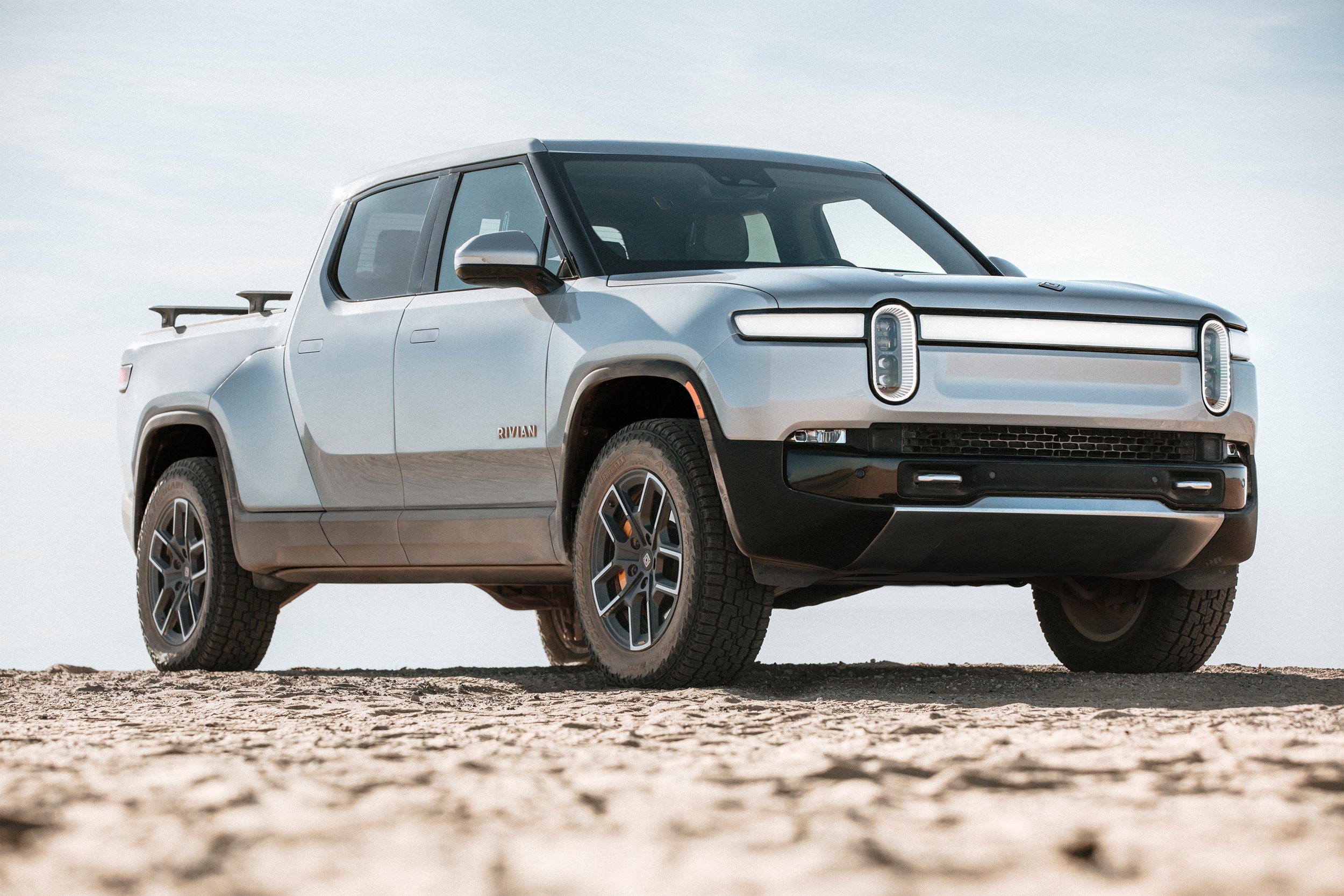Tesla's Next (Non-Cyber) Truck Opportunity
Tesla has finally begun shipping the Cybertruck. Love it or hate it, its bold, polarizing design sets it apart while delivering full-sized pickup capability. Despite arriving much later than promised, with less range and a higher price than Elon Musk initially announced in 2019, the Cybertruck is still a remarkable engineering achievement that deserves recognition.
Looking ahead, expanding its lineup with a more accessible, mainstream mid-sized or compact electric truck would open the door to an even broader audience, staying true to Tesla’s mission of accelerating the transition to sustainable transportation.
Tesla initially set out to produce electric vehicles at an attainable price to drive large-scale environmental change (looking at you, $30,000 Model III). The design above envisions a mid-sized truck that aligns with Tesla’s brand—progressive yet practical—offering a mainstream alternative to its more radical designs. Instead of engineering stainless steel exoskeletons and falcon-wing doors—bold innovations that pushed the boundaries of manufacturing but led to delays for the Model X and Cybertruck—Tesla now has an opportunity to create a vehicle with broad market appeal.
The mid-sized truck segment presents the perfect opening for such a move. Long overlooked, this category is now experiencing a resurgence as OEMs introduce fresh, compelling options. Today’s mid-sized trucks, roughly the size of full-sized models from 20 years ago, offer superior maneuverability on tight off-road trails while being far more practical for daily urban driving. With enough power and capability for everyday tasks—whether hauling gear for a weekend adventure, picking up a load of mulch, towing a reasonable payload, or even converting the bed into an overlanding setup—these trucks are proving to be an ideal fit for modern lifestyles. Meanwhile, the rise of compact unibody pickups like the Ford Maverick and Hyundai Santa Cruz further reinforces consumer demand for practical, city-friendly trucks with open-bed utility.
This resurgence presents Tesla with a golden opportunity to deliver an elegant, well-sized electric truck for the masses. Rather than relying on sharp-edged, dystopian styling and exotic, costly materials, Tesla can return to its strengths: intelligent vehicle packaging, lightweight design, parts reduction, industry-leading battery efficiency, and best-in-class charging infrastructure. A sleek, practical, and affordable mid-sized truck would not only dominate this growing segment but also contribute meaningfully to Tesla’s founding mission—to accelerate the world’s transition to electric vehicles.
When Tesla first set out to reimagine the pickup, the electric truck space was just heating up. In 2017, excitement around EV pickups was skyrocketing—GMC was reviving the Hummer as an all-electric supertruck, Ford surprised the industry with the rapid launch of the F-150 Lightning, and startups like Lordstown and Canoo were flooding the market with ambitious concepts. Tesla’s bold, genre-defying Cybertruck was a response to this wave of innovation. But now, with the mid-sized and compact truck market thriving, the company has a second chance to create a truck that blends cutting-edge technology with real-world practicality—something Tesla does better than anyone.
A review of EV trucks launched to date reveals how difficult it can be to introduce a new design language to accompany a new type of vehicle in an established category. Rivian introduced a quirky, playful persona with its headlight facia, which is also somewhat polarizing. GMC relied on signature elements from the Hummer brand, ironically known for its previous range of gas-guzzling vehicles. Ford played it safe with an evolutionary design from their proven F-150 line. The Lordstown’s Endurance* evokes a “Stormtrooper” aesthetic for many.
The efforts of other OEMs to crack the code on how to evolve the entrenched aesthetic of the pickup and the rendering exercise resulting in the image above give new appreciation to what it takes to move a vehicle segment forward. That said, one can miss a brief entirely if a design is too progressive. Let’s hope that if Tesla chooses to move into the mid-sized truck segment, a “Mini-Me” Cypertruck will not be in the offing.
* Lordstown filed for bankruptcy in June of 2023. The Securities and Exchange Commission has charged bankrupt Lordstown Motors with misleading investors about the sales prospects of its Endurance electric pickup truck. Lordstown has agreed to pay $25.5 million as a result — money that the SEC says will go towards settling a number of pending class action lawsuits against the company.
MID-SIZED AND COMPACT PICKUPS
ELECTRIC PICKUPS





